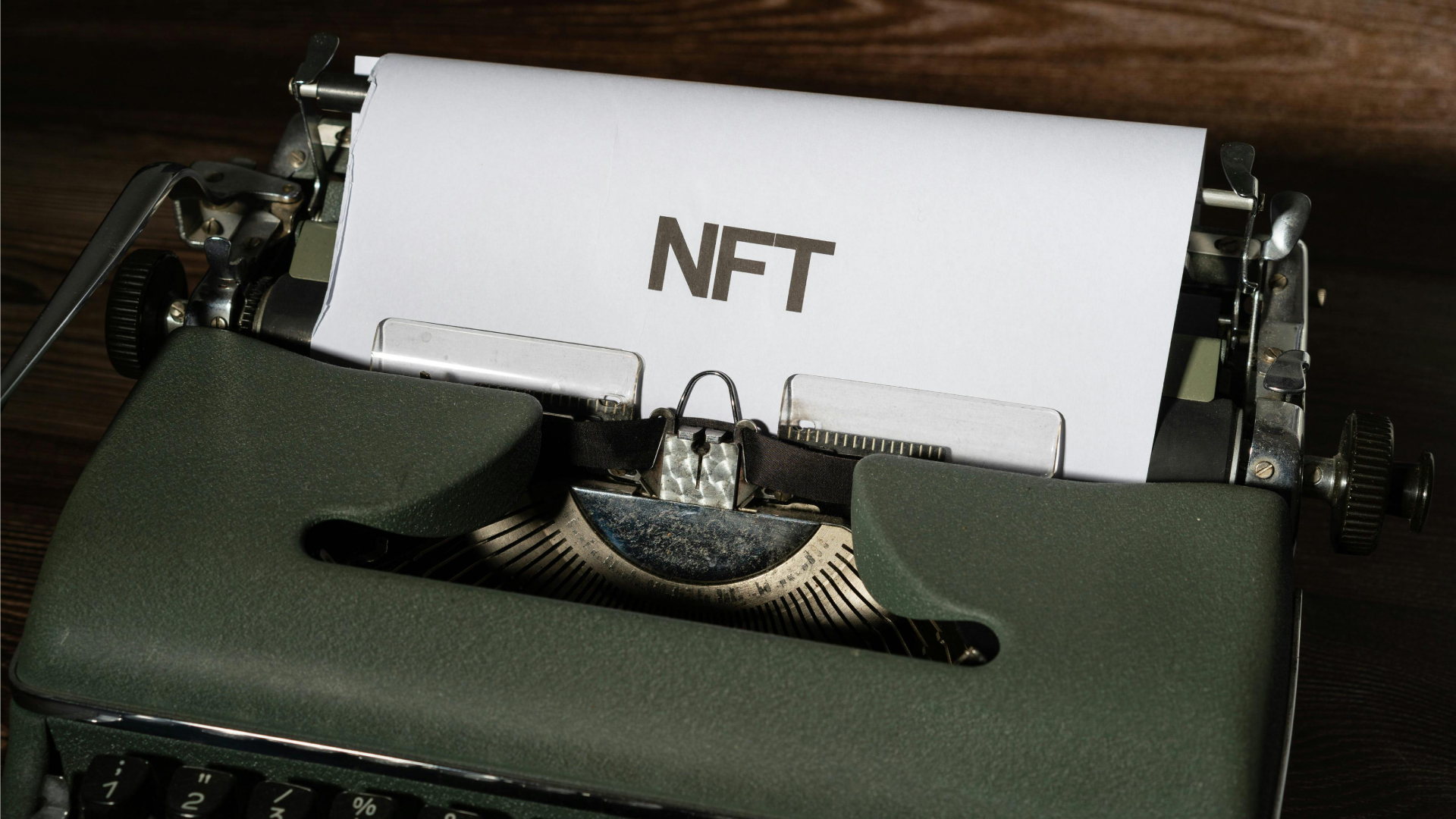In recent years, a new phenomenon has taken the digital world by storm: Non-Fungible Tokens, or NFTs. You’ve probably heard about them in the news or seen them mentioned on social media, but what exactly are NFTs, and why are they causing such a buzz? In this guide, we’ll break down the basics of NFTs, explore their implications, and discuss why they’ve become so popular.
What Are NFTs?
Let’s start with the basics. A Non-Fungible Token (NFT) is a unique digital asset that represents ownership or proof of authenticity of a specific item or piece of content. Unlike cryptocurrencies such as Bitcoin or Ethereum, which are fungible and can be exchanged on a one-to-one basis, NFTs are one-of-a-kind and cannot be replicated or exchanged for another token of equal value.
How Do NFTs Work?
NFTs are built on blockchain technology, the same decentralized system that powers cryptocurrencies. Each NFT is stored on a blockchain, which serves as a digital ledger that records ownership and transaction history. This ensures that NFTs are secure, transparent, and tamper-proof.
When someone purchases an NFT, they receive a unique digital certificate of ownership, which is linked to the specific asset or content they’ve acquired. This certificate includes metadata that provides information about the item, such as its creator, creation date, and any associated royalties or rights.
What Can NFTs Be Used For?
NFTs can represent a wide range of digital and physical assets, including artwork, music, videos, virtual real estate, collectibles, and even tweets or memes. Essentially, anything that can be digitized and tokenized can be turned into an NFT.
One of the key benefits of NFTs is their ability to provide creators with a new way to monetize their work. By tokenizing their creations as NFTs, artists, musicians, and other content creators can sell their work directly to collectors and fans, bypassing traditional intermediaries such as galleries or record labels.
Why Are NFTs So Popular?
The popularity of NFTs can be attributed to several factors. Firstly, they offer a new and innovative way for creators to monetize their work, empowering artists and content creators to retain more control and ownership over their creations.
Secondly, NFTs have captured the imagination of collectors and investors who see them as a unique opportunity to own rare and valuable digital assets. The scarcity and uniqueness of NFTs make them highly desirable to collectors, driving up demand and prices.
Lastly, the hype surrounding NFTs has been fueled by high-profile sales and endorsements from celebrities, artists, and entrepreneurs. From digital art selling for millions of dollars to tweets being auctioned off as NFTs, the media attention and celebrity involvement have helped to legitimize NFTs as a legitimate asset class.
Challenges and Criticisms
Despite their growing popularity, NFTs are not without their challenges and criticisms. One of the main concerns is the environmental impact of blockchain technology, particularly the energy consumption associated with mining cryptocurrencies and minting NFTs. Critics argue that the carbon footprint of blockchain networks is unsustainable and could exacerbate climate change.
Additionally, there are concerns about the lack of regulation and oversight in the NFT market, which has led to issues such as copyright infringement, fraud, and market manipulation. As the NFT market continues to evolve, it will be important for regulators to address these concerns and establish clear guidelines to protect consumers and creators alike.
Conclusion
In conclusion, NFTs represent an exciting and innovative development in the world of digital assets and blockchain technology. By providing creators with new ways to monetize their work and collectors with unique opportunities to own rare and valuable assets, NFTs have the potential to reshape the way we create, buy, and sell digital content.
However, it’s important to approach the world of NFTs with caution and skepticism, given the challenges and criticisms that exist. As the market continues to mature, it will be essential for stakeholders to address these issues and work towards creating a more sustainable and equitable NFT ecosystem.
Whether you’re an artist looking to monetize your work, a collector seeking unique digital assets, or simply curious about the potential of blockchain technology, NFTs are certainly worth paying attention to. Just remember to do your research, stay informed, and proceed with caution in this exciting but rapidly evolving space.



